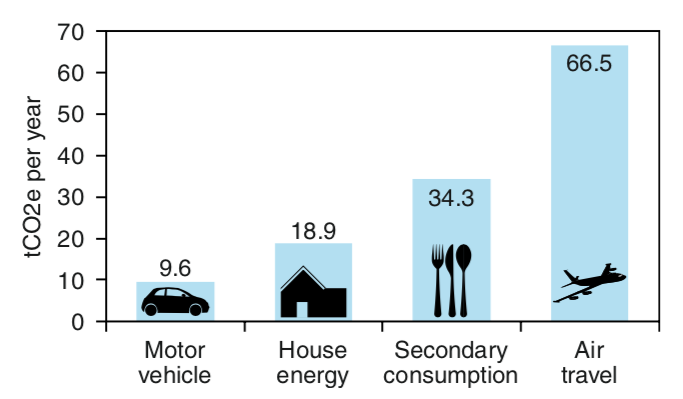This is one of many tips on how to reduce your carbon footprint.
Do you have this pile of paper that is in the mailbox every day? This free weekly newspaper with no content but ads, advertising from the post office (extra welded in plastic packaging), catalogues, magazines? A sticker on the letterbox helps against these free weekly newspapers, against advertising from the post office and similar stuff. You ordered somthing online and since then you get a catalogue once a year? Twice a year? More often? It is best to unsubscribe immediately when a catalogue is in the mail. the customer number is usually at the back. A mail to shipper and you’re out. Help other family members: Can I unsubscribe from this catalogue for you?
This magazine: Do you still read it? I unsubscribed the computer magazine last week because I only read the FAQ and tips and tricks regularly and otherwise individual articles. I have an online subscription for that, that’s enough.
Professional stuff: Do you need that? Yes, this university lecturer’s newspaper. There’s something interesting in there from time to time, but somehow you can’t get to read it and it’s just lying around. Cancelled. Annual reports and invitations from institutions with which you have had something to do at some point? The DFG’s research magazine (by Wiley =:-(). Cancelled.

Schwuppdiewupp a whole bunch of paper and the shipping saved. Actually simple, but you have to stick to it. You can do this. =:-)
And one more tip at the end: If you don’t want unsolicited advertising, you can sign up for the Robinson list. These are available for Germany and some other countries. You can also block your phone number there. Then there is scilence. Like on an island.




